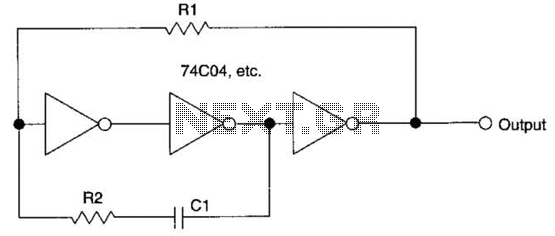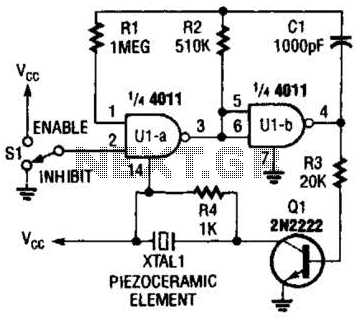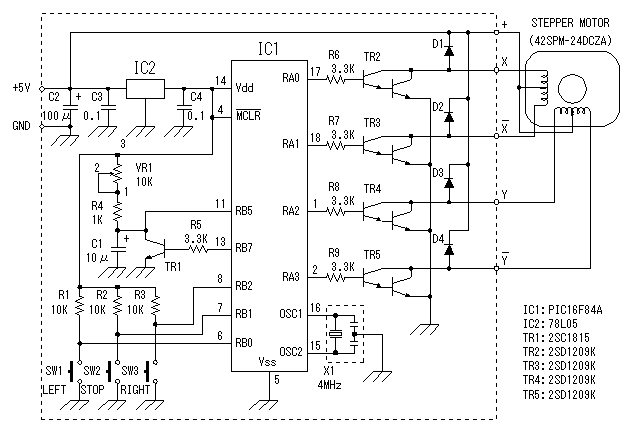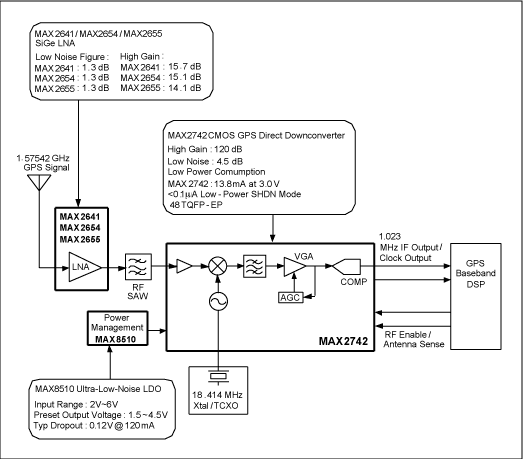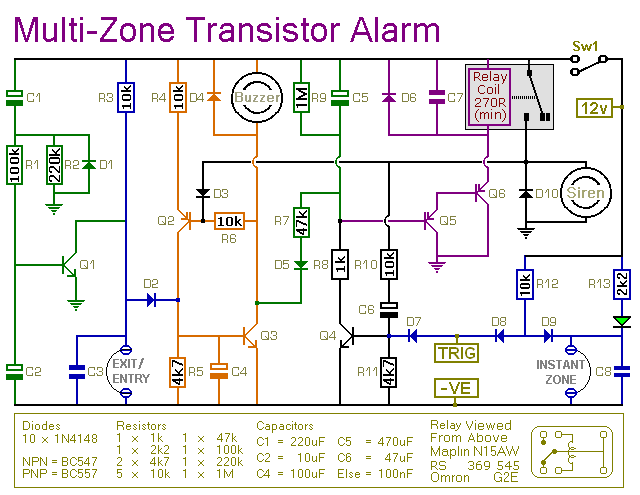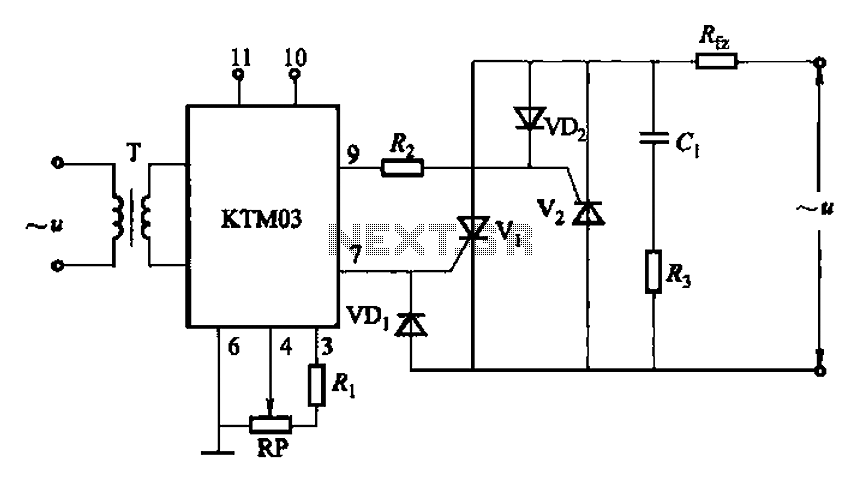
Two Cmos Based 24-Hour Timers
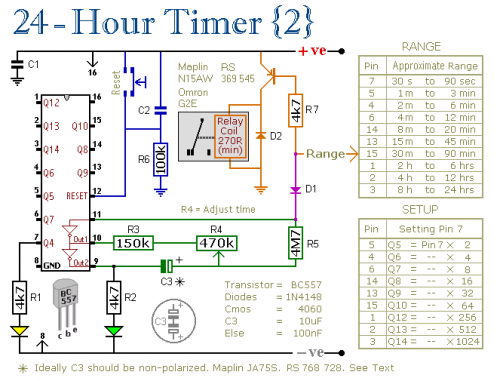
A pair of multi-range timers that provide timing periods of up to 24 hours and beyond. Both timers are fundamentally similar, with the primary distinction being that Version 1 energizes the relay when the time expires, while Version 2 de-energizes it. Version 1 consumes less power during operation, whereas Version 2 is more power-efficient once the timer has completed its cycle. Selection should be based on the specific requirements of the application.
The multi-range timers are designed for versatility in various electronic applications, providing a reliable method for timing functions. Each timer can be configured for a range of timing intervals, allowing for flexibility in operational scenarios.
Version 1 of the timer operates by energizing a relay at the end of the set period. This relay activation can control various devices, such as motors, lights, or alarms, making it suitable for applications that require an action to be taken once the timer completes its cycle. The low power consumption during operation is advantageous for prolonged use, minimizing energy costs while the timer is actively counting down.
Conversely, Version 2 of the timer is designed to de-energize the relay once the timing period has elapsed. This feature is particularly useful in applications where it is essential to turn off devices or systems after a designated time, ensuring safety and energy conservation. The reduced power consumption after the timer stops makes this version ideal for scenarios where the timer may not be in constant use, thus saving energy in standby mode.
Both versions can be incorporated into a variety of circuits, including automation systems, home appliances, and industrial equipment. The selection of the appropriate version depends on the specific requirements of the application, such as whether the relay needs to be activated or deactivated upon timing completion. The versatility and efficiency of these timers make them valuable components in modern electronic designs.A pair of multi-range timers offering periods of up to 24 hours and beyond. Both are essentially the same. The main difference is, that when the time runs out, Version 1 energizes the relay and Version 2 de-energizes it. The first uses less power while the timer is running; and the second uses less power after the timer stops.
Pick the one that best suits your application 🔗 External reference
The multi-range timers are designed for versatility in various electronic applications, providing a reliable method for timing functions. Each timer can be configured for a range of timing intervals, allowing for flexibility in operational scenarios.
Version 1 of the timer operates by energizing a relay at the end of the set period. This relay activation can control various devices, such as motors, lights, or alarms, making it suitable for applications that require an action to be taken once the timer completes its cycle. The low power consumption during operation is advantageous for prolonged use, minimizing energy costs while the timer is actively counting down.
Conversely, Version 2 of the timer is designed to de-energize the relay once the timing period has elapsed. This feature is particularly useful in applications where it is essential to turn off devices or systems after a designated time, ensuring safety and energy conservation. The reduced power consumption after the timer stops makes this version ideal for scenarios where the timer may not be in constant use, thus saving energy in standby mode.
Both versions can be incorporated into a variety of circuits, including automation systems, home appliances, and industrial equipment. The selection of the appropriate version depends on the specific requirements of the application, such as whether the relay needs to be activated or deactivated upon timing completion. The versatility and efficiency of these timers make them valuable components in modern electronic designs.A pair of multi-range timers offering periods of up to 24 hours and beyond. Both are essentially the same. The main difference is, that when the time runs out, Version 1 energizes the relay and Version 2 de-energizes it. The first uses less power while the timer is running; and the second uses less power after the timer stops.
Pick the one that best suits your application 🔗 External reference
